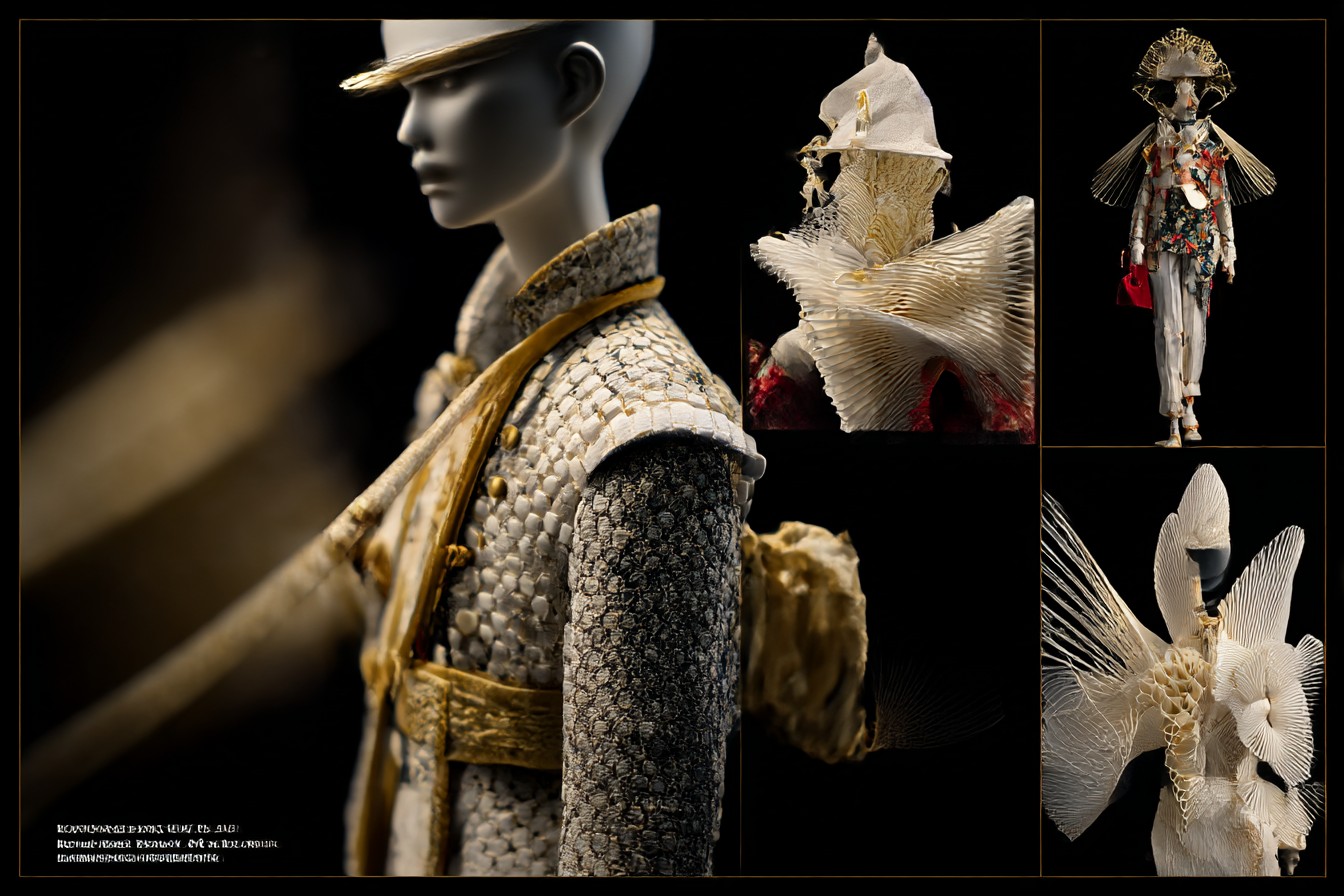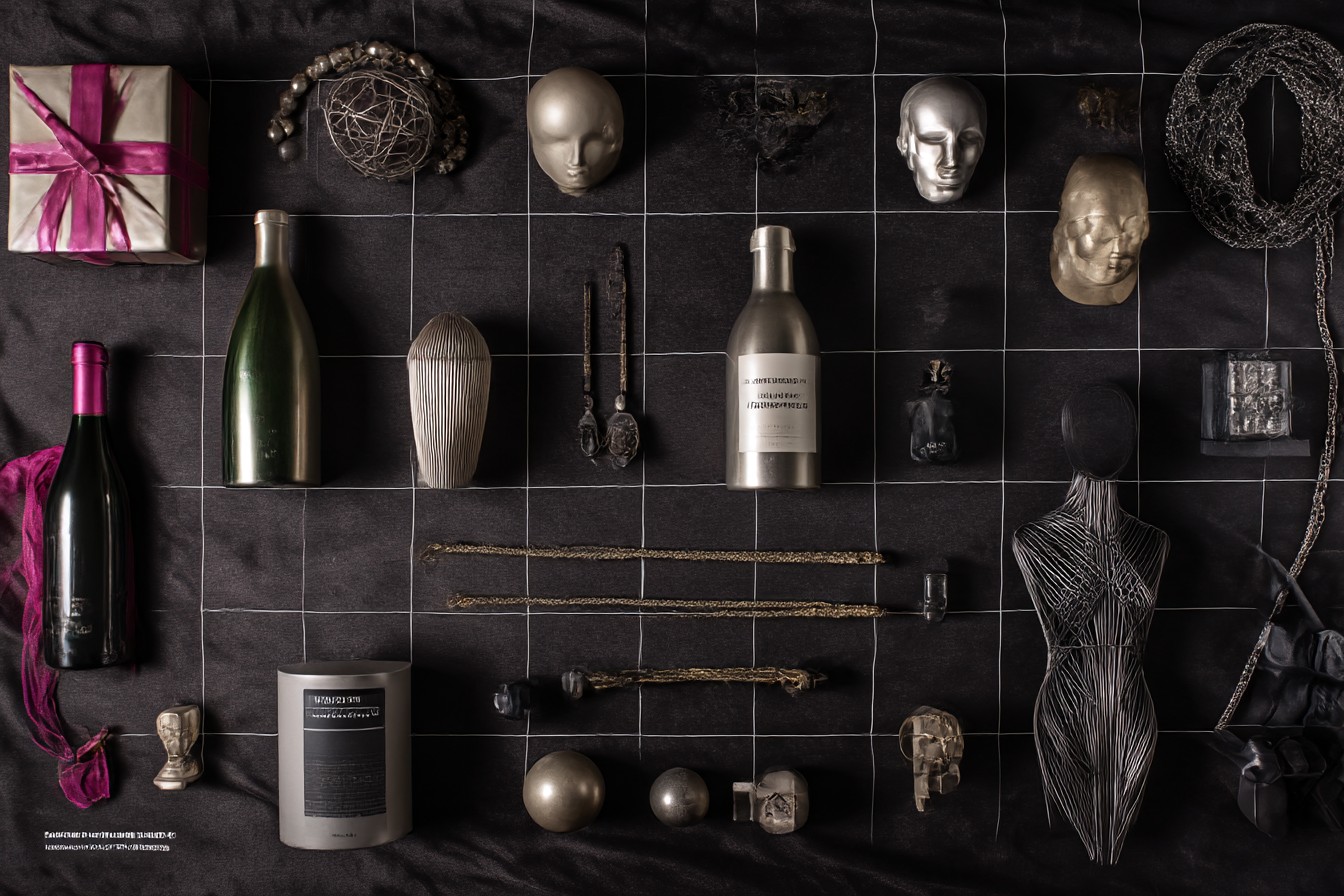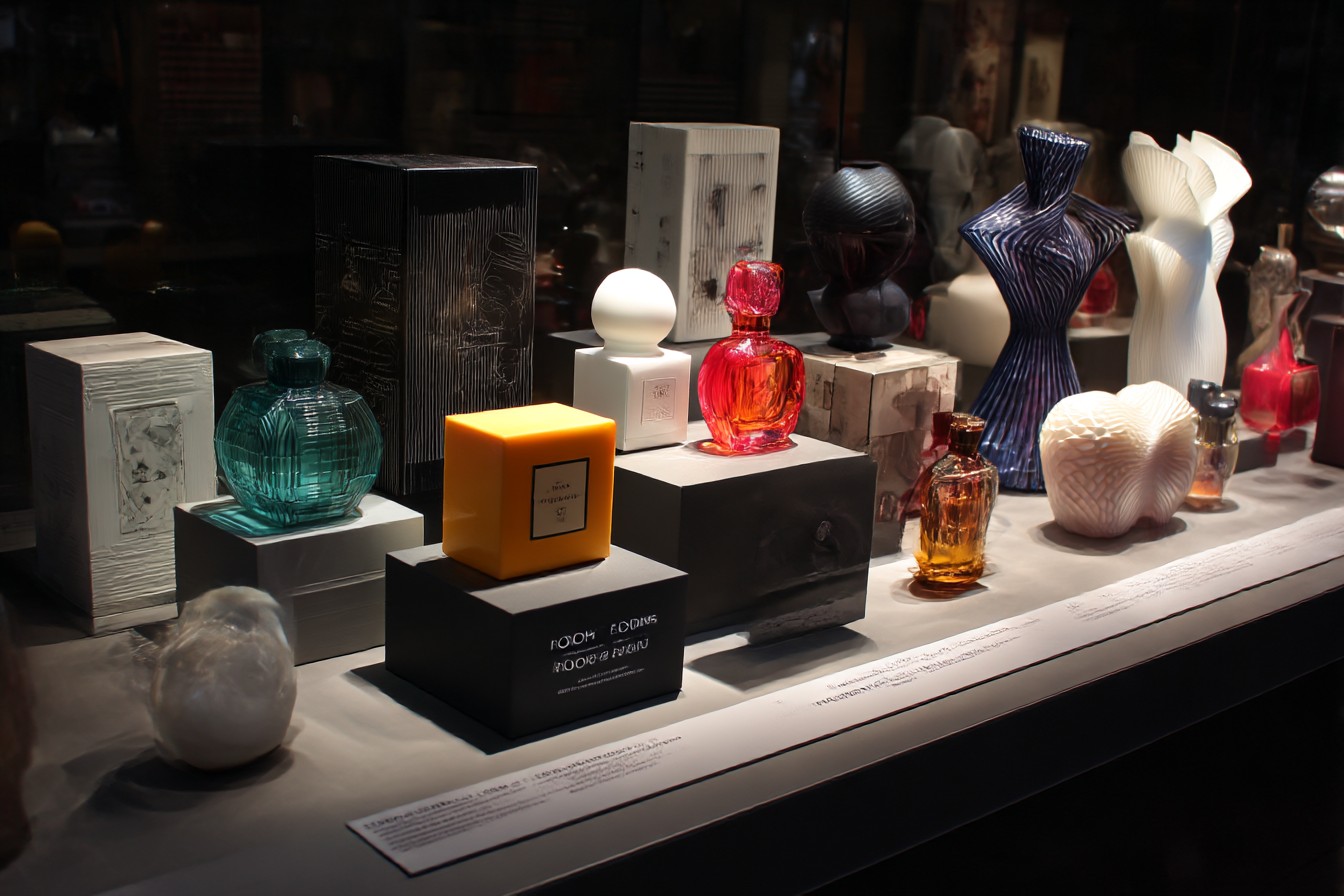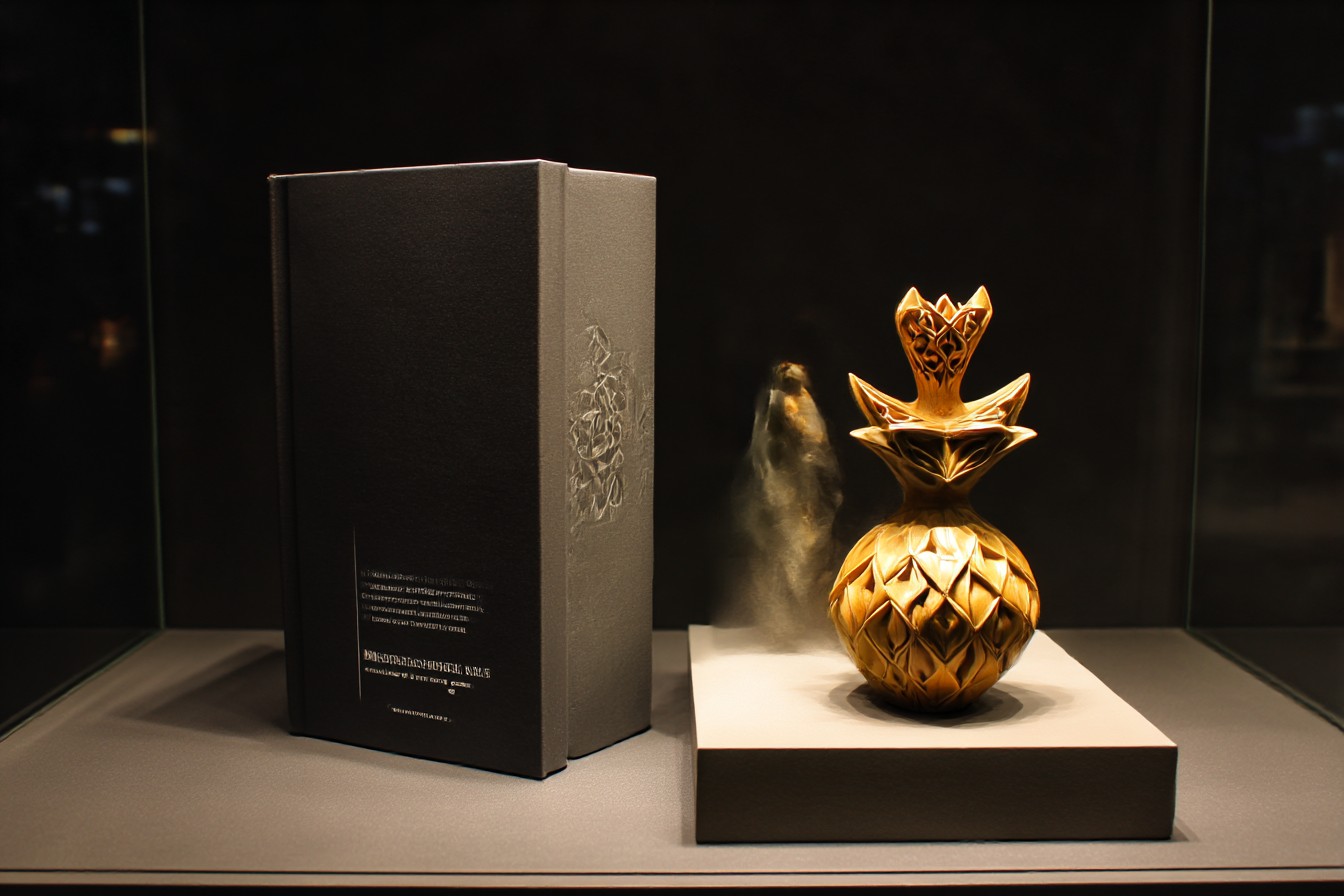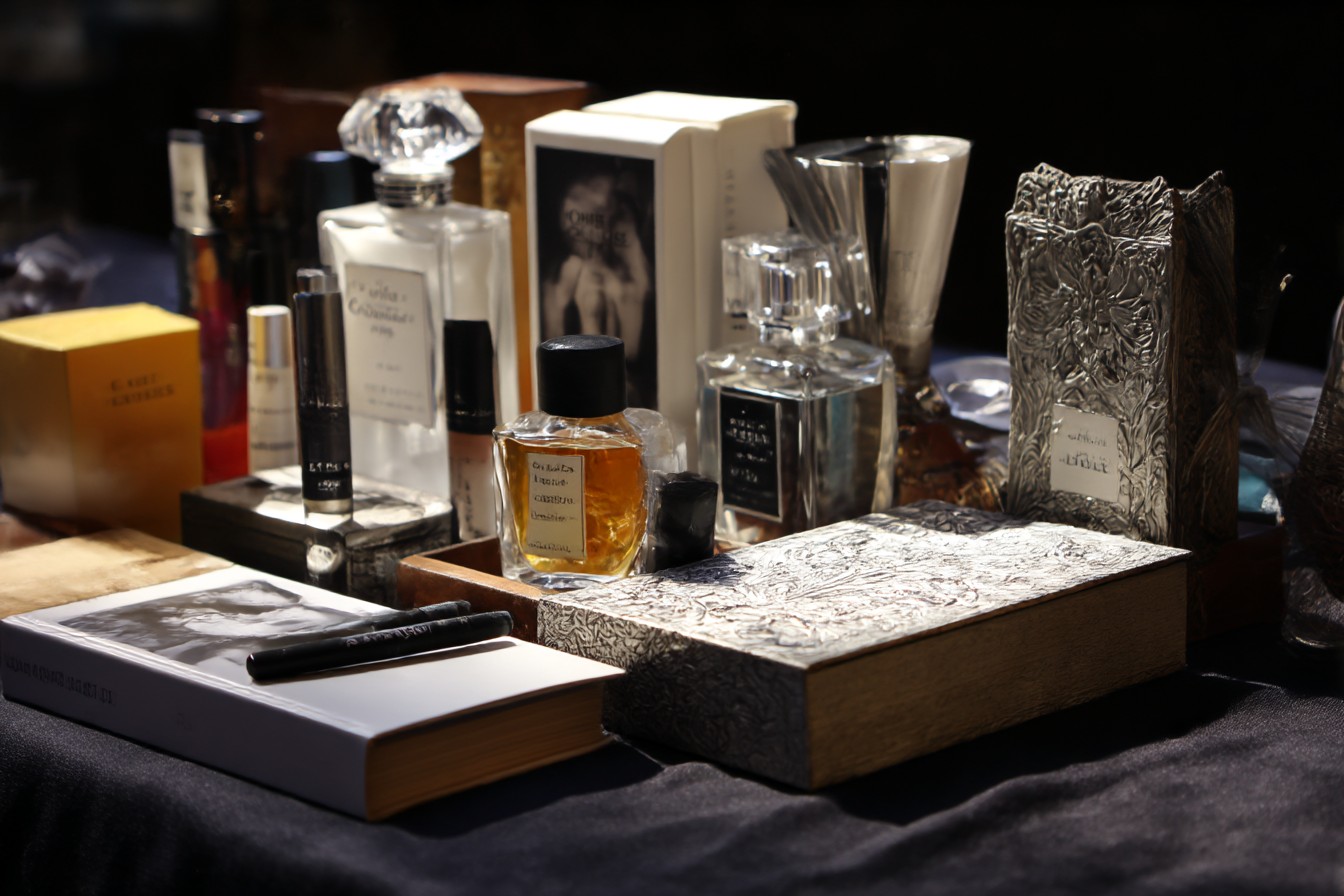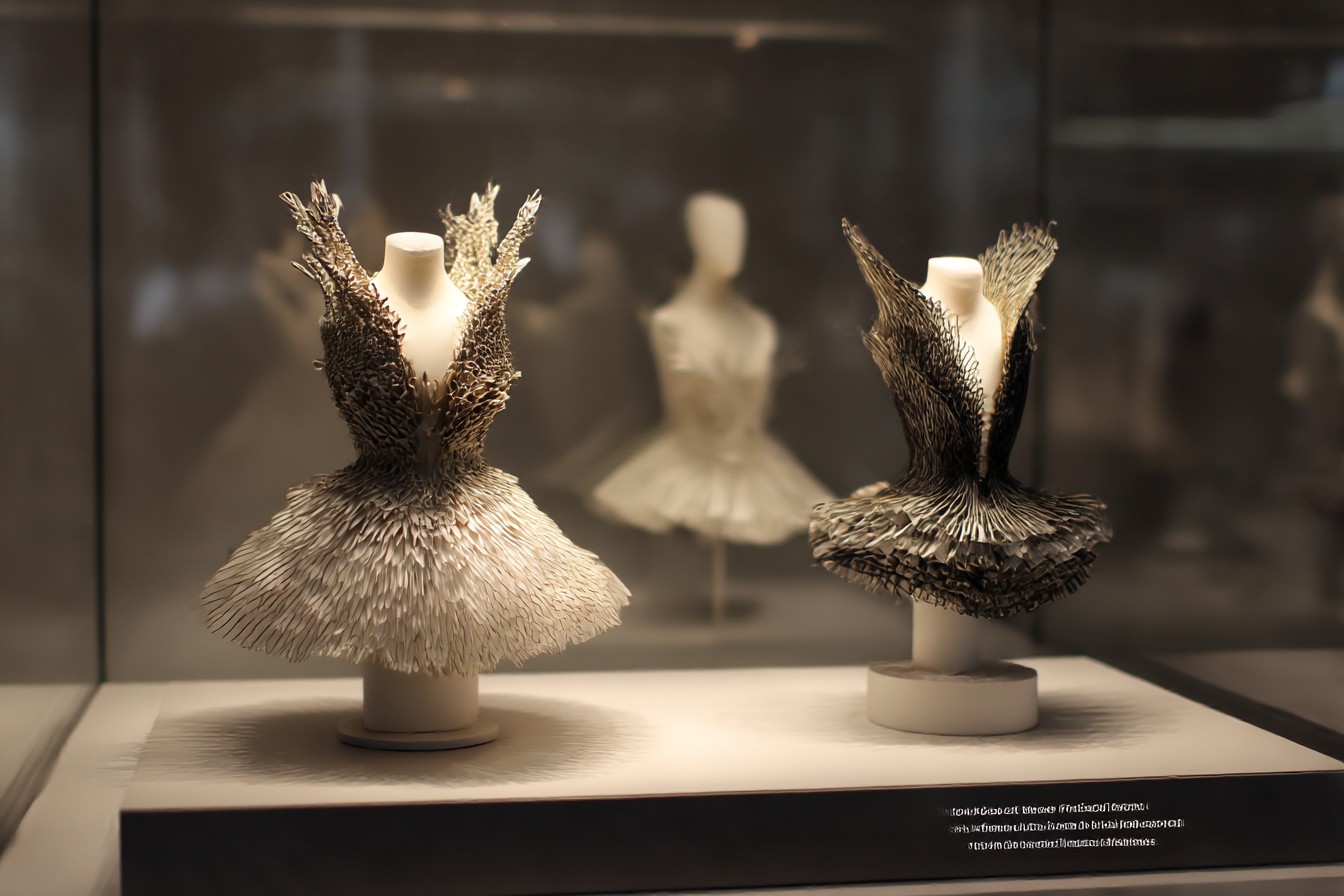I didn’t actually set out to become a collector of stories—it just sort of happened. Like most accidental talents, it crept up on me gradually until one day my friend Dana pointed it out while helping me move apartments. She was unpacking this antique fountain pen I’d found at a tiny shop in Providence.
“Why do all your things come with a backstory?” she asked, laughing. “Most people just have… stuff.”
I stopped wrapping dishes in newspaper and looked around my half-unpacked living room. The hand-carved wooden box from the elderly carpenter in Vermont who told me about making similar boxes for his wife every anniversary for fifty years. The slightly crooked ceramic mug made by my colleague’s daughter who was funding her first semester of art school through pottery sales. The wool throw blanket created by a cooperative of women in the mountains of Peru, purchased from a former peace corps volunteer who now runs a fair trade import business.
She was right. Nearly everything I owned had a story attached to it. Not because I’m particularly fancy or well-traveled (trust me, I’m not), but because I’m drawn to objects with backstories like moths to flames.
Jake teases me that I can’t just buy a normal present like everyone else. “Other wives get their husbands golf clubs or watches,” he jokes. “I get a hand-forged gardening trowel made by a former Broadway set designer who moved to Maine to become a blacksmith after a midlife crisis.”
He’s not wrong. But that trowel has lasted five years and counting, and Jake tells the story every single time someone compliments his thriving vegetable garden. The golf clubs would’ve been forgotten in the garage by now.
I realized pretty early on—probably around college—that gifts with stories attached to them just land differently. There’s this whole extra dimension beyond the physical object itself. My roommate freshman year dropped and broke a mug her grandmother had given her, and she literally cried for hours. It wasn’t an expensive mug. It wasn’t even particularly beautiful. But her grandmother had brought it back from her first trip abroad after her grandfather died. The mug represented her grandmother’s brave new chapter—which made it irreplaceable.
After witnessing her breakdown, I started paying more attention to the objects that people cherished versus the ones they easily discarded. The pattern was clear: items with meaningful narratives became treasured possessions, while even expensive things without stories attached often ended up forgotten or donated.
This whole philosophy actually crystallized for me after a massive gift failure. (I’ve had PLENTY of those, by the way—I’m not some gift-giving savant who never makes mistakes. Just ask my sister about the “ergonomic” pillow incident of 2018. Actually, don’t. She’s still mad.)
Anyway, this particular gift disaster happened with my best friend Mackenzie’s 30th birthday. I’d been saving for months to buy her these gorgeous designer sunglasses she’d been eyeing. They were ridiculously expensive—the kind where the case probably cost more than any pair of sunglasses I personally owned. I was SO excited to give them to her, certain I’d nailed the perfect gift.
When she opened them, she did the polite “oh my god, these are amazing” reaction. But I could tell something was off. Later, after several glasses of wine, she confessed she felt guilty about me spending so much. “I would have loved anything from you,” she said. “You didn’t need to do this.”
The next day, nursing mild hangovers over brunch, I gave her a small paper bag containing my actual gift—a tiny silver compass on a chain that I’d found at an estate sale. The elderly man selling it told me his wife had worn it for 52 years because he’d given it to her when they were dating and told her “so you can always find your way home to me.”
I’d originally bought it as a backup gift in case the sunglasses didn’t arrive in time. When I told Mackenzie the story behind it, she immediately put it on and literally hasn’t taken it off since. The designer sunglasses? Last I checked, they were still in their fancy case somewhere in her closet.
That’s when it really clicked for me. The monetary value was completely secondary to the narrative value. A $20 necklace with a love story attached to it trumped $300 sunglasses every single time.
Since then, I’ve become something of a story collector. I haunt craft fairs, small galleries, estate sales, and independent shops looking not just for beautiful or useful items, but for pieces with compelling narratives woven into their creation or journey.
Last Christmas, I gave my dad a wooden cutting board made by a former firefighter who took up woodworking after retiring. Each board is made from reclaimed wood from historic buildings around New England, and comes with a small card telling you which building your piece came from. Dad’s was made from floorboards salvaged from a 200-year-old lighthouse keeper’s cottage on the Maine coast. My dad—who has never once showed interest in cooking or kitchen gadgets—now shows this cutting board to everyone who enters his kitchen.
“This isn’t just any cutting board,” he tells them proudly. “This wood witnessed shipwrecks and storms and kept the lighthouse keeper’s family warm for over a century.” He treats the thing like it’s made of gold, hand-washing it and carefully oiling it regularly. (This from a man who once put my mom’s cast iron skillet in the dishwasher. TWICE.)
It’s not just about the giving, though. I apply this same philosophy to the things I bring into my own home. My apartment isn’t large or particularly stylish (much to the dismay of my interior designer cousin who keeps offering to “help”), but nearly everything in it carries a narrative weight that makes the space feel rich with meaning.
The dining table where I’m writing this right now? It belonged to an older woman named Eleanor who was moving into assisted living after 60 years in the same house. When I bought it from her estate sale, her daughter told me that Eleanor had served Sunday dinner at this table every week for decades, insisting on using the good china and cloth napkins even when it was just her and her husband. “My mother believed every meal was an occasion,” she told me, “especially in difficult times.”
Now I think about Eleanor every time I host friends for dinner, and yes, I use the good plates even for pizza night. The table carries her story forward, even though we never met.
I’ve gotten pretty good at finding these storied objects. Part of it is just asking questions—lots of questions. People love talking about the things they make or sell, especially if they’re passionate about their craft. The young couple who made the ceramic planters on my windowsill lit up when I asked about their process, explaining how they incorporate ash from meaningful locations into their glazes. The planter holding my favorite fern contains ash from the beach where they got engaged.
Sometimes I feel a bit like an investigative journalist, digging for the narrative behind an object that catches my eye. “Where did you learn to make these?” “What inspired this design?” “How long have you been doing this craft?” These questions almost always lead to fascinating stories that transform a simple purchase into something with layers of meaning.
Online shopping makes this harder, obviously. It’s why I try to buy directly from makers when I can, or through platforms where artists and craftspeople write their own descriptions and share their backgrounds. The mass-produced stuff rarely comes with a compelling origin story—though occasionally you stumble across something surprising. (The designer who created my favorite budget-friendly vase collection actually based each shape on pottery fragments she found while volunteering at an archaeological dig in Greece. I only discovered this after falling down an internet research rabbit hole one night.)
But honestly? The best storied gifts often aren’t the ones you can plan months in advance. They’re the serendipitous finds that you stumble across and immediately know are meant for a specific person in your life.
Like when I found a vintage book about the history of New York City’s water system (I know, super niche) published in 1937 at a used bookstore in the Berkshires. My father-in-law had worked as a civil engineer on NYC’s water infrastructure for 40 years, and I knew immediately he’d love it. What I didn’t know until I gave it to him was that his own grandfather had worked on one of the reservoir projects detailed in the book. He spent hours poring over it, looking for any mention of his grandfather’s name.
Jake tells me sometimes I overthink gift-giving (fair), but I’m convinced that these narrative connections are what separate a present that gets a polite “thank you” from one that becomes part of someone’s personal history.
The thing is, these story-laden objects don’t have to be expensive or rare. My most treasured possession is a chipped blue ceramic bird that sat on my grandmother’s kitchen windowsill for as long as I can remember. It’s objectively not valuable—probably a mass-produced trinket from the 1950s. But it witnessed decades of family meals, arguments, celebrations, and quiet cups of tea. When my grandmother moved to her nursing home, it was the one thing she insisted I take. “That little bird has seen everything,” she told me. Now it watches over my kitchen, carrying her stories with it.
I’ve found that there’s a sort of magic that happens when you give someone an object with a built-in narrative. The story becomes attached to the gift, which then generates new stories as it becomes part of the recipient’s life. It’s like this beautiful chain of meaning that keeps extending outward.
My colleague Michael still talks about the handmade leather notebook I gave him three years ago. Created by a bookbinder who uses traditional techniques passed down through four generations of her family, it came with a small pamphlet explaining the history of her craft and the specific leather used for each cover (Michael’s was made from leather salvaged from a vintage bomber jacket). He’s filled that notebook with ideas for the novel he’s finally writing and says sometimes he feels like all those other stories—the bookbinder’s family history, the unknown pilot who wore that bomber jacket—are somehow infusing his own storytelling.
Is that objectively true? Who knows. But the fact that Michael believes it makes that notebook far more powerful than any generic one I could have grabbed at the office supply store.
When you really think about it, we’re all collections of stories disguised as people. The objects we choose to keep around us, especially those we give and receive with intention, are physical anchors for those narratives—reminders of where we’ve been, who we’ve loved, and what we value.
And yes, I know full well how cheesy that sounds. Jake would be rolling his eyes right now. But I stand by it completely.
So the next time you’re stressing about finding the “perfect” gift for someone, maybe stop focusing so much on the what and think more about the why. A seemingly ordinary object with an extraordinary story will almost always mean more than an expensive item with no narrative attached.
And if you’re ever in a gift emergency (we’ve all been there), just remember: the best presents tell a story. Find that story, and you’ve found your gift.
